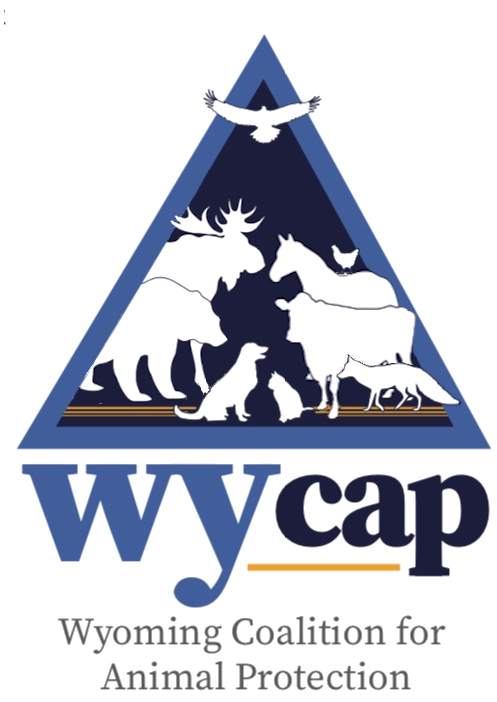Wind River Wild Horse Sanctuary
by Sage Lefkowitz
On a hot summer day, I took a private tour of the Wind River Wild Horse Sanctuary in Lander, Wyoming, with Odessa Oldham. Her family owns The Double D Ranch, a 900-acre cattle ranch that also provides sanctuary for 225 wild horses. They care for over 3,000 animals with domestic livestock. The Double D Ranch is one of four wild horse sanctuaries supported by the Bureau of Land Management (BLM). The three other locations are in Laramie (WY), Kansas, and Oklahoma.
As we drove through the sanctuary in her side-by-side, Odessa explained that this has been her father, Dwayne Oldham’s, dream since he bought the ranch 16 years ago. As they’ve hit the limit of capacity with 250 wild horses, they are currently looking for additional land to purchase so they can rescue more.
I asked her many questions throughout the tour. Some include…
• Where do the horses come from?
• Why are they rounded up?
• What are the brands on their neck and hip?
• How can the people of Wyoming help?
She explained that most of the horses come from Herd Management Area (HMA) roundup (or gather) locations in Wyoming, California, Nevada, and Utah. HMAs are lands that are under the supervision of the BLM, which includes a total of 26.9 million acres in the United States across 10 western states. A list of gather locations by state can be found here on the BLM website.
Why they round up is a very controversial topic. There are many who feel that the ranchers and oil companies are taking over the land in contract with the BLM and limiting the land available for the wild horses. Then there are others who feel that due to drought and the rapid increase in population, that the land, which is found to be a natural habitat for thousands of animals, is being ruined by overgrazing and is no longer a sustainable resource for the number of wild horses within that area.
BLM Wyoming manages 16 wild horse herd management areas on nearly 5 million acres. The combined appropriate management level for all HMAs in the state is 3,725 animals.
The BLM states that they are responsible for determining and maintaining appropriate management levels (AML) for each herd and work to achieve that population target through a variety of management processes, including limiting reproduction in some herds through the use of birth control and gathers that remove excess animals from the range. (blm.gov)
As we drove through the herds, I noticed a mark on their necks and some on their hips. Odessa explained that the freeze brand on their neck (hidden in this picture) is like their social security number. It uniquely identifies each horse. And the number on their hip states that they will either be in long term pasture or a sanctuary. If you are curious on how to read a freezemark and details on the process, you can find more information here.
Since 1971, the BLM has removed approximately 37,000 animals from public rangelands in Wyoming as part of its efforts to maintain healthy horses and burros on healthy public rangelands. Animals removed from public rangelands are offered to the public for adoption; unadopted animals are cared for on open pastures for the rest of their lives. (blm.gov)
This brings me to my next question: how can we, the people of Wyoming, help the wild horses? The easiest way to support is to take a paid tour of the sanctuary to help the Oldham’s continue their efforts in rescue. If you’re open to the challenge, you can also adopt a wild mustang. They run two main adoption events a year, but are open for adoption all year long. Colts aged 2-4 can be adopted through the sanctuary. If you would like to rescue an older wild horse, you can adopt through the BLM. The BLM has placed more than 240,000 wild horses and burros into private care since 1971.
Then the most important way you can help is to educate yourself on the issue and help provide solutions. Many, including Odessa, agree that birth control programs are the solution. When I asked Odessa why she felt that this is a good solution, she said, “We don’t want to lose the spirit of the American horse, but we need to do something that makes an impact.”
Looks like Odessa isn’t alone in her solution. The BLM just announced that they are seeking wild horse and burro proposals on fertility control and climate change.
“The BLM is committed to finding the best, most effective and most humane ways to manage and protect wild horses and burros on public lands,” said BLM Director Tracy Stone-Manning. “Using the best available science to humanely and safely control herd growth will reduce the need to gather excess animals and help protect the health of wild horses and burros, improve wildlife habitat and save taxpayers money.”
If you would like more information on this proposal, please visit the BLM website here. More information on the Wild Horse & Burro Program led by the BLM can be found here.
If you have any questions on the Wind River Wild Horse Sanctuary, please feel free to visit their website and/or contact them via email at wrwhs10@gmail.com anytime.
Sage Lefkowitz, WYCAP Board Member, is a foster volunteer at the Animal Adoption Center, PAWs in Teton Valley Animal Shelter, Lander Pet Connection, The Western Border Collie Rescue, and The Western Fremont Humane Society in Dubois. She has recently started to get involved in wild horse rescue.




